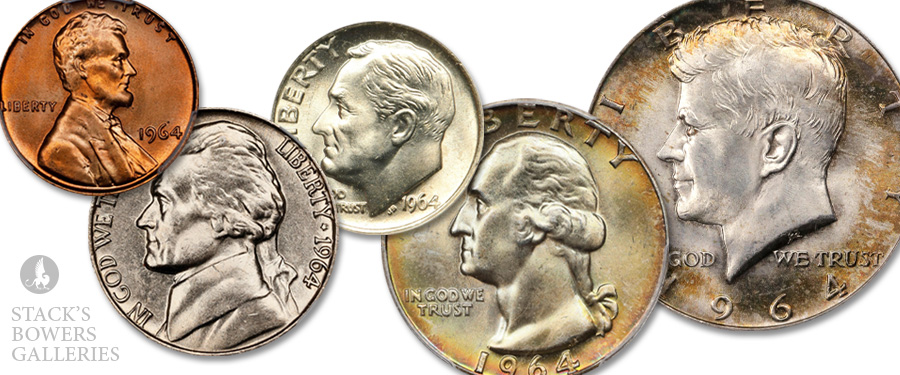
The mid-1960s were a complicated time for the U.S. Mint. A nationwide coin shortage (blamed unfairly on collectors and collector-motivated hoarding) that began in the early part of the decade prompted Congress to authorize significant changes to U.S. coinage and Mint operations, among them a date freeze authorized on September 3, 1964. Public Law 88-580 stipulated that “all coins minted from the date of the enactment of this Act until July 1 or January 1, whichever date first occurs after the date on which the Secretary of the Treasury determines that adequate supplies of coins are available, shall be inscribed with the figure ‘1964’ in lieu of the year of the coinage.”
The issue was to be revisited on July 1, 1965, or after the stocks of coinage were sufficient to meet public demand. The Mint’s various facilities thus kept producing 1964-dated coinage beyond December 31, 1964. Coinage dated 1964 was produced as late as 1966 and most 1965-dated coinage was produced in 1966, too.
Normal dating resumed on January 2, 1967, per CoinWeek.
David Lange had an excellent column series covering this history and Coin World had a helpful cover feature on the release of copper-nickel clad coinage in summer 2015. CoinWeek’s page covering date freezes and the 1965 Lincoln cent offers a succinct definition of the date freeze concept and useful details on the U.S. date freeze of the 1960s.





